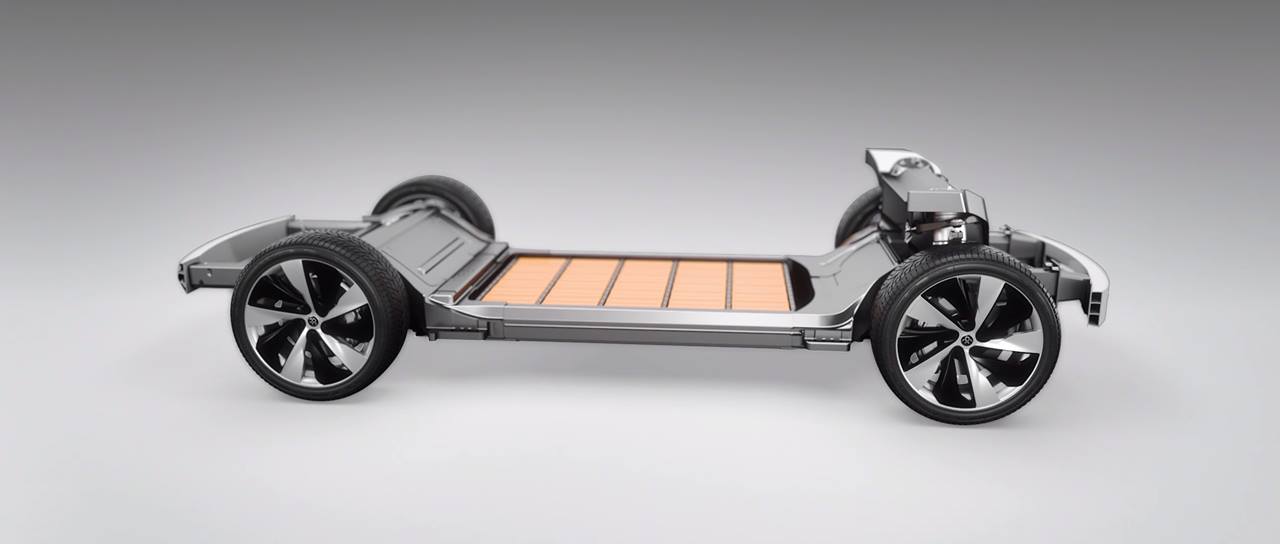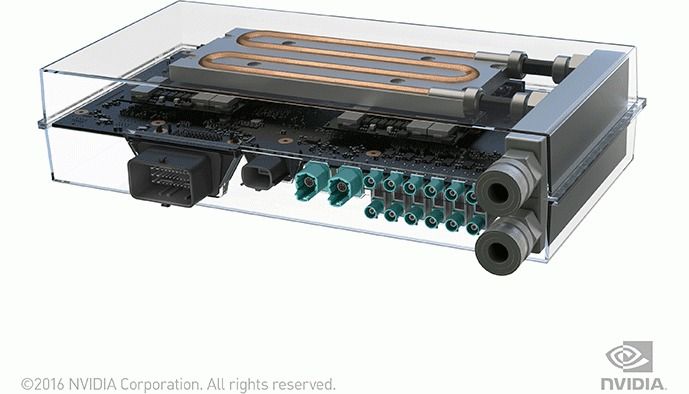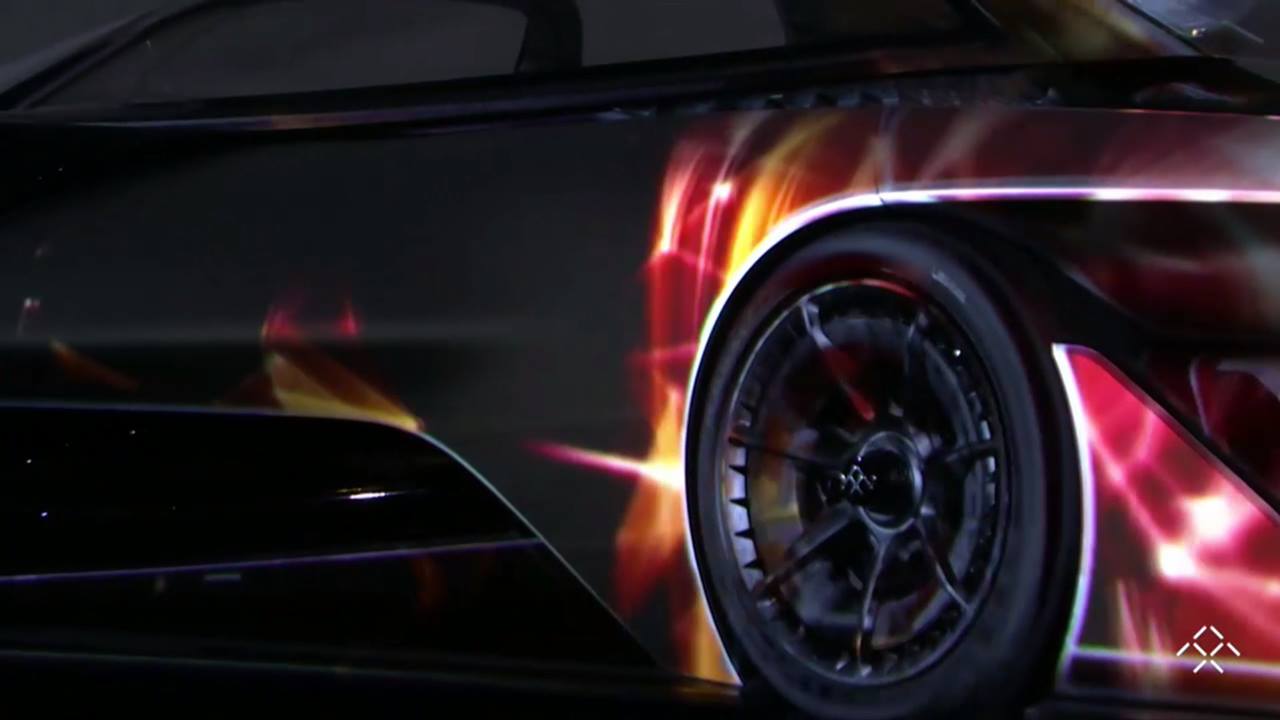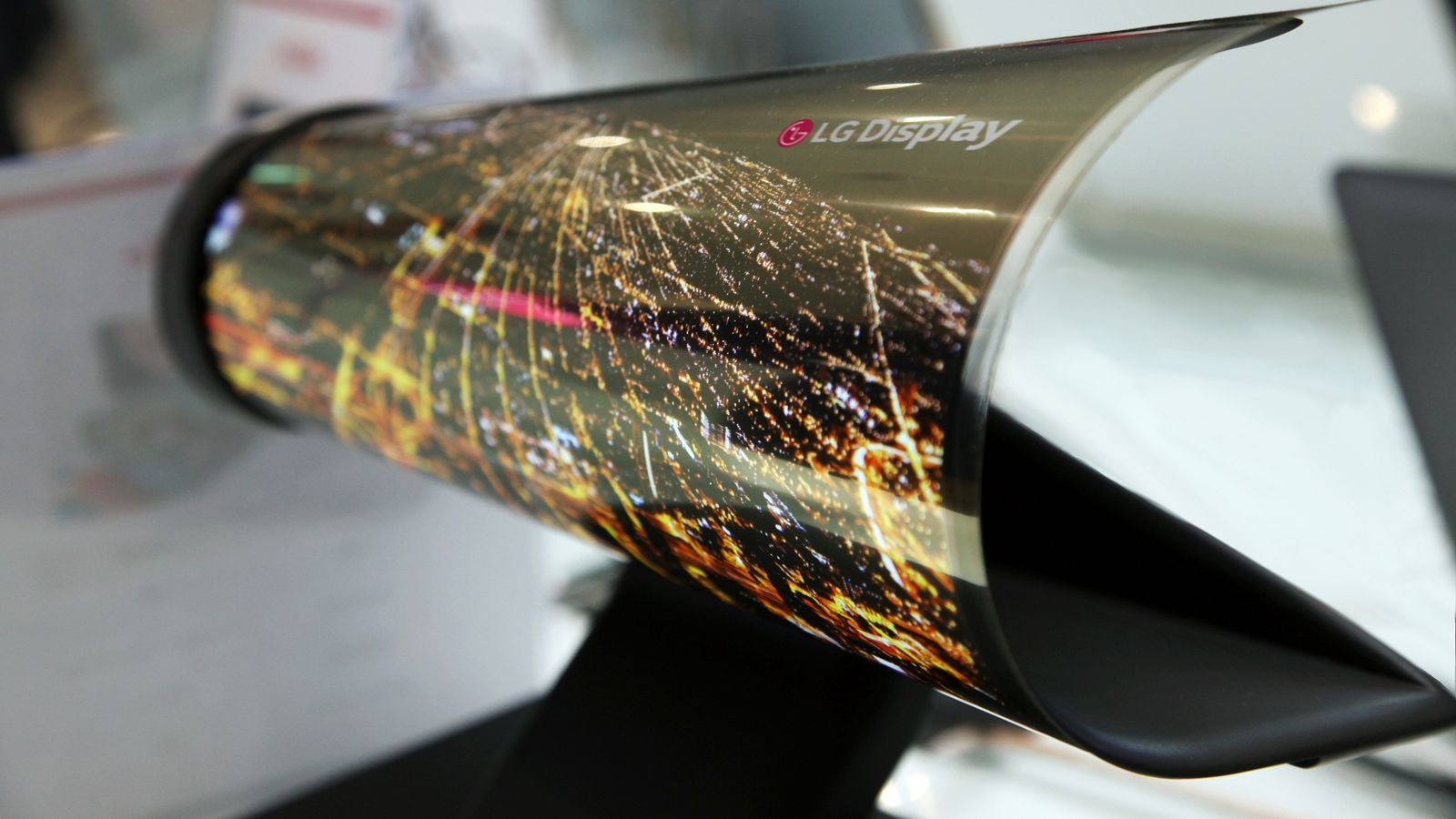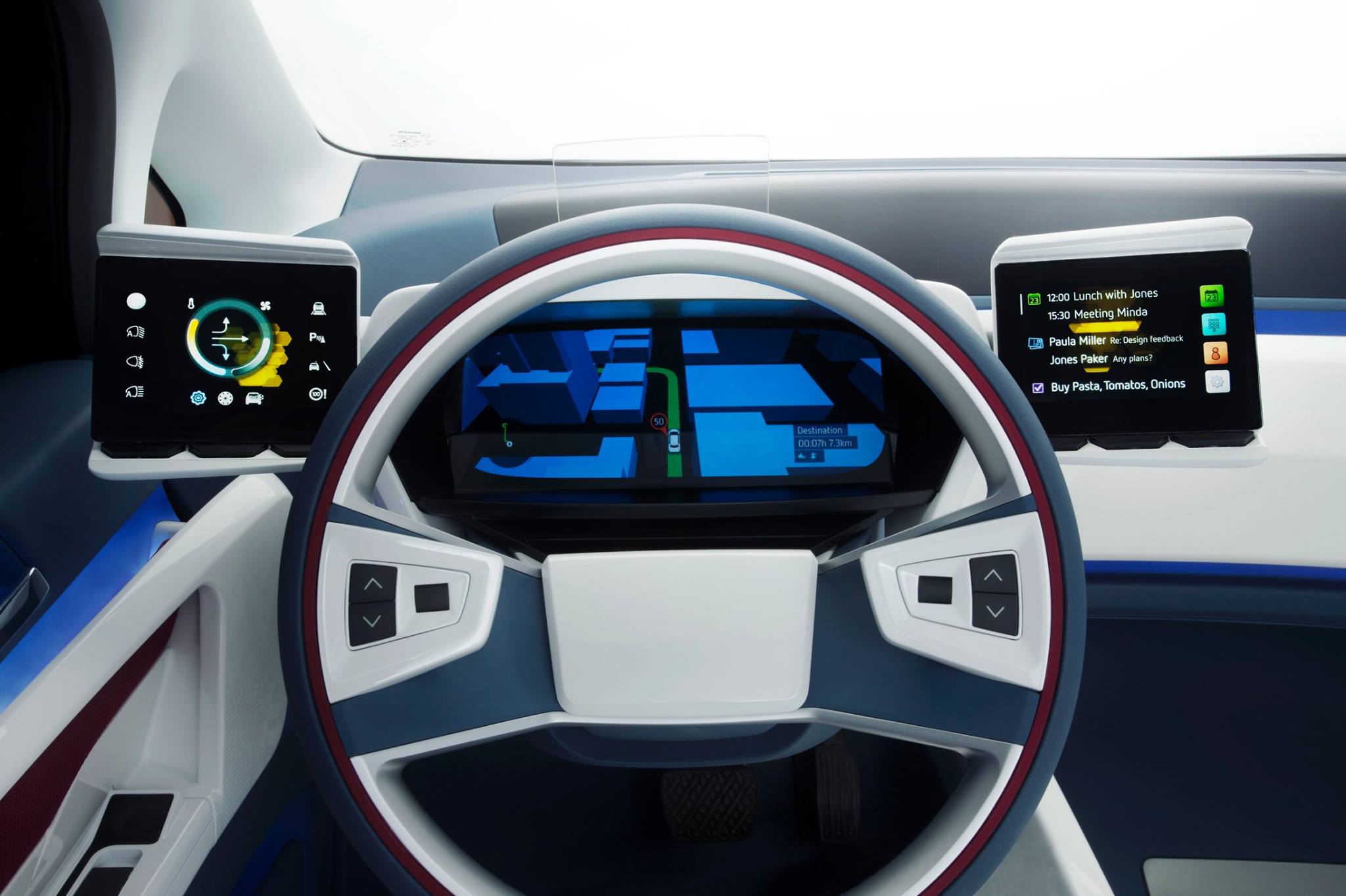“You like your Tesla, but does your Tesla like you?” My new story for TechCrunch on robots understanding beauty and even whether they like your appearance or not:
Robots are starting to appear everywhere: driving cars, cooking dinners and even as robotic pets.
But people don’t usually give machine intelligence much credence when it comes to judging beauty. That may change with the launch of the world’s first international beauty contest judged exclusively by a robot jury.
The contest, which requires participants to take selfies via a special app and submit them to the contest website, is touting new sophisticated facial recognition algorithms that allow machines to judge beauty in new and improved ways.
The contest intends to have robots analyze the many age-related changes on the human face and evaluate the impact on perception of these changes by people of various ages, races, ethnicities and nationalities.
Read more
